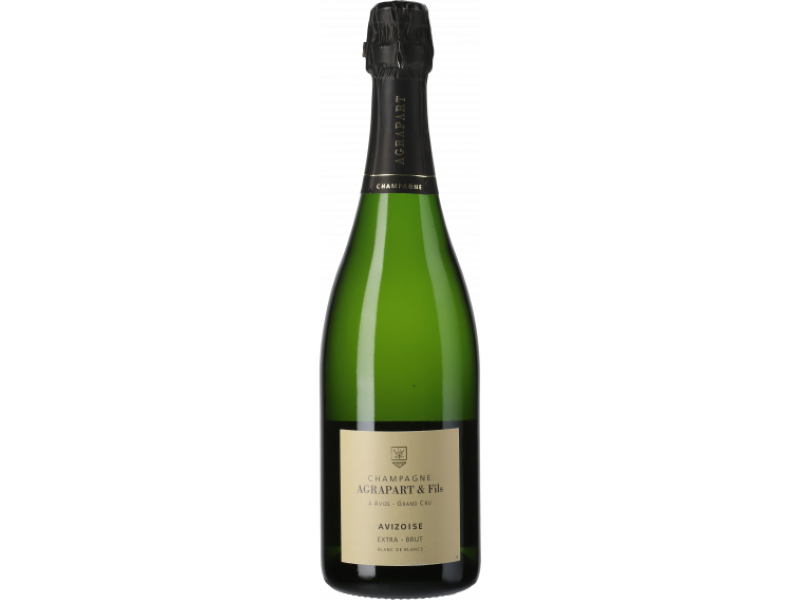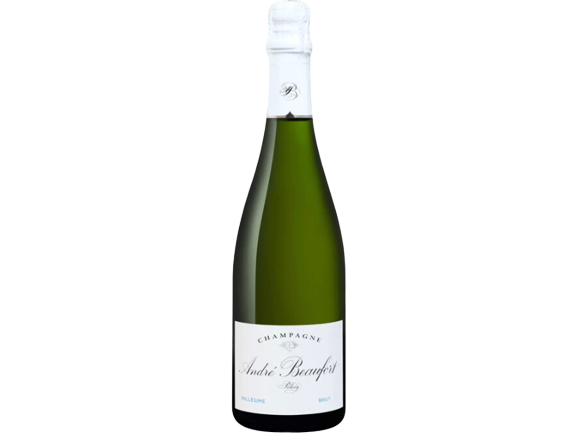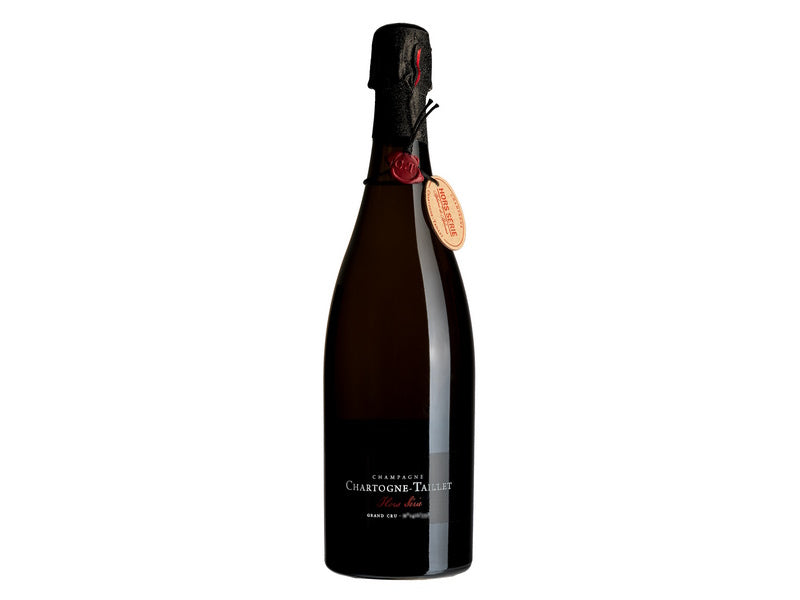
Credit to photo: NM and RM Champagne
Text by: Gleb King
Champagne is known not only for its effervescence and luxury but also for its diverse production styles. There are literally dozens of Champagne types – by sugar level, by producer, by grape varieties, by vineyards, by production types – and so on. Here we’ll try to disclose the most mysterious Champagne classification – by the type of producer. This indication system uses two capital letters and provides an insight into how and by whom the Champagne is made. The categories, designated by specific abbreviations, are found on Champagne labels and are crucial for understanding the origins of the bottle in hand.
This indication system uses two capital letters and provides an insight into how and by whom the Champagne is made
The Champagne classification by producer is like sorting your friends by how they handle a karaoke mic – it's all about style, reputation, and knowing who you can trust to hit the high notes. This classification helps you distinguish between the big show-stopping houses (think Moët & Chandon belting out a power ballad), the grower-producers who keep it artisanal (the indie singer-songwriter types), and the cooperatives that bring everyone together for a solid group harmony.
By the way if you want to know how exactly the Champagne is made – keep on reading the Media section on Symbolicwines.com!
NM – Négociant Manipulant
A Champagne producer who buys grapes or base wines from growers and produces Champagne under their own label. This category typically includes large Champagne houses like Billecart Salmon, Drappier, and Perrier-Jouet. They often source grapes from multiple vineyards to maintain consistent quality and house style. This type is best for those who seek well-known, reliable Champagne brands with a signature flavor profile
RM – Récoltant Manipulant
A grower-producer who makes Champagne exclusively from their own vineyards. These are often referred to as "grower Champagnes." The wines of this type are produced in smaller quantities and reflect the terroir of specific vineyard sites. Examples include producers like Pierre Péters and Egly-Ouriet. This level is best for Champagne enthusiasts looking for unique, terroir-driven expressions.
RC – Récoltant-Coopérateur
A grower who contributes their grapes to a cooperative and sells Champagne produced by the co-op under their own label. The production is managed by the cooperative, but the branding and sales are handled by the grower. Reflects a blend of individuality and cooperative efficiency.
These are good for those exploring independent labels that leverage shared expertise.
CM – Coopérative de Manipulation
A cooperative that pools grapes from member growers and produces Champagne under a shared brand. These are popular in smaller regions or among growers with limited individual resources. Examples include labels like Nicolas Feuillatte. The cost-effective and well-crafted Champagnes with collective input from multiple growers.
While NM Champagnes are celebrated for their consistency and prestige, RM and SR Champagnes offer unique expressions of the Champagne region’s terroir. CM and RC options strike a balance between collaboration and individuality, while ND Champagnes cater to niche markets.
SR – Société de Récoltants
A family-run operation where multiple family members pool their grapes to produce Champagne collectively. Maintains the independence of the family business while utilizing shared resources. Generally focused on tradition and quality. Good for those seeking artisan-crafted Champagnes with a strong familial legacy.
ND – Négociant Distributeur
A merchant who buys finished Champagne and markets it under their own brand. ND producers do not engage in the production process. Often seen in private-label Champagnes for supermarkets or specialty retailers. Ideal for budget-conscious buyers or those looking for retailer-specific offerings.























